Wine TimelineThe decision made by Montana in 1973 to plant wine grapes in Marlborough was the most visionary and vital one made in the short history of the New Zealand Wine Industry. It wasn’t an easy road to success, but led by science, our enviable natural environment, and a brave small community who got together and got things done, Marlborough put New Zealand wine on the world map.
Marlborough has quickly grown to be New Zealand’s largest producer and has grown at an outstanding rate, growing from 6,831 hectares in 2002 to 22,819 in 2013. Today, almost 30,000ha of vines (around 2/3 of the national total) are under the care of local wine producers, making it the country's largest wine region.
Coincidentally, 2023 also marks 150 years since Marlborough’s first vineyard of Muscat was planted at Auntsfield by Scotsman David Herd in 1873. These vines were pulled out in 1931 and no others were recorded in the region until 1973.
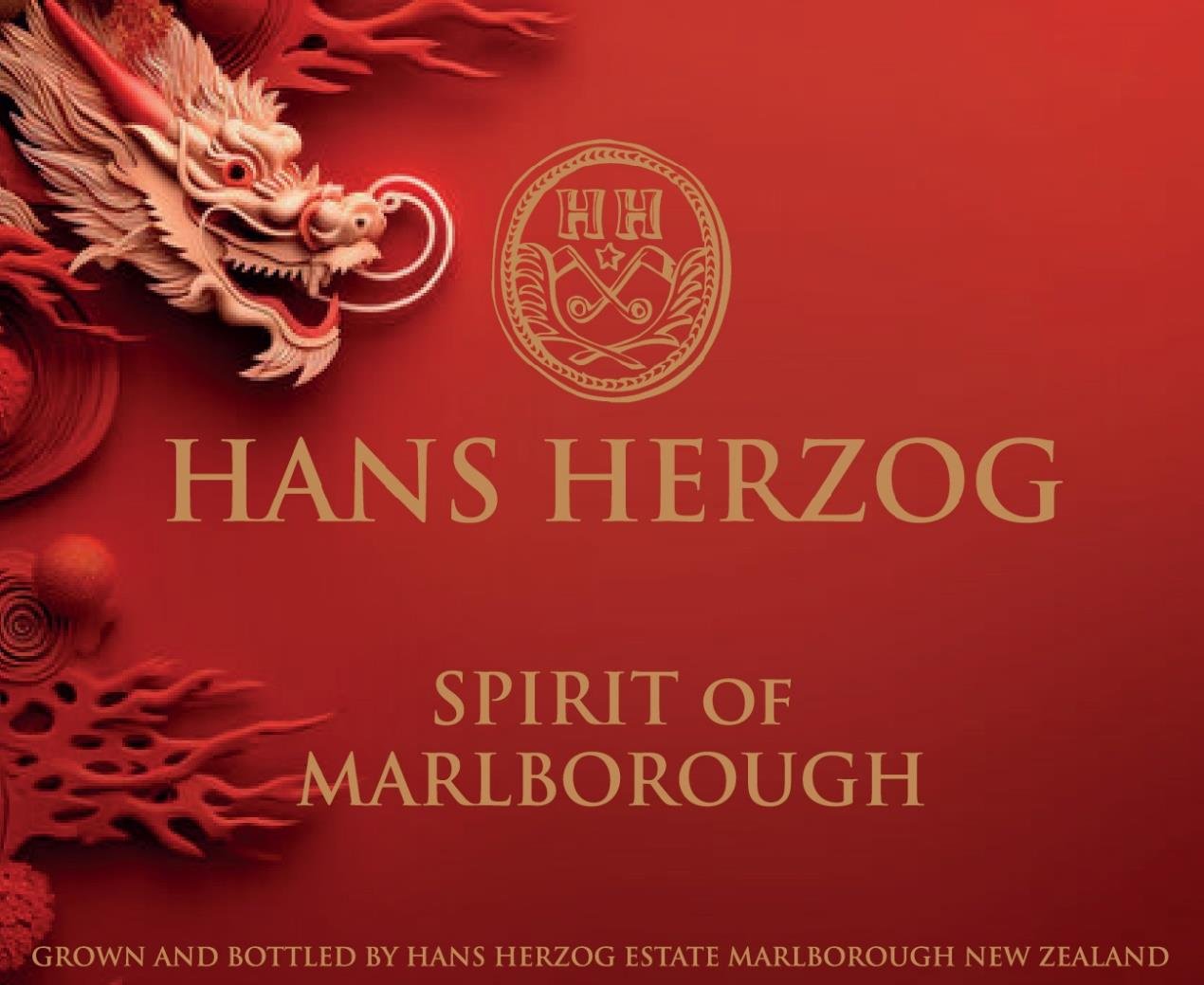
Hans Herzog
1994
Therese & Hans Herzog, Vigneron from Switzerland planted roots along the banks of the Wairau River. Vines were planted in 1996 pioneering with some alternative varieties not seen in the South Island and maybe just one more in the North Island: Pinot Gris, Viognier, Montepulciano plus known varieties like Cabernet Sauvignon, Cabernet Franc and Merlot.
Grapes unlikely
1972
In July 1972, Marlborough County Council Livestock Instructor, S.G.C. Newdick, wrote “Vineyards: in regard to these, as there is a glut on the market of grapes there does not appear to be any likelihood of vineyards starting up in Marlborough in the foreseeable future.”
Montana purchases land
1973
Montana purchase land at Brancott, Woodbourne and Renwick and begin planting at Brancott.
"I sold them nine farms in 10 days and virtually overnight Montana doubled land values in the province from $250 to $500 an acre," said John Marris, a Pyne Gould Guinness land agent at the time, who later developed Wither Hills Wines with his son Brent.
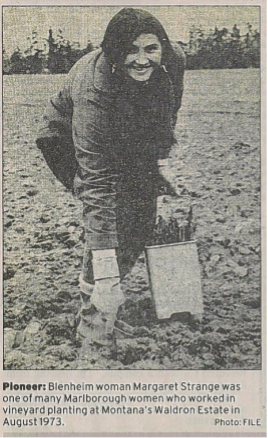
Montana plants at Brancott
1973
Monday July 30 - Friday August 3, 1973 Commercial planting likely started at Montana. Official celebration held August 24 (Montana).
Drought
1975
Worst recorded drought and most of the Montana planting dies and the importance of irrigation was eventually recognised.
Under-vine watering
1976
Henk Ruesink was the first grower to introduce trickle irrigation to Marlborough.
First vintage
1977
Montana winery was opened by the Rt Hon Robert Muldoon on the 29th of April 1977. 800 tons of grapes process at the new winery by Gerry Gregg.
Grape Growers Association
1977
Established. Later becomes Marlborough Winegrowers Association.
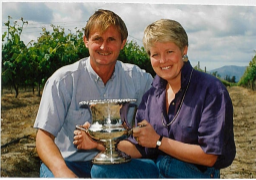
Wairau River Wines
1978
Vineyards were established by Phil and Chris Rose who were originally growing lucerne for export to Japan. Then the 1970’s oil shock hit which made the harvesting and drying of lucerne uneconomic. The Roses looked to find an alternative use for their land.
They decided to plant grapes. After battling some major objections around land use, Phil and Chris finally gained consent and started establishing their vineyards in 1978.
In true pioneering spirit, they began hand planting vines and raising a family. After contract growing grapes for some years, they decided to produce their own wine in 1991 and the Wairau River label was born.
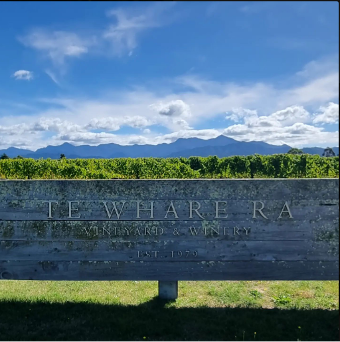
Te Whare Ra
1979
First boutique winery at Renwick. According to Marlborough County Council records, the original vines were planted in 1979 on four hectares of land by Alan and Joyce Hogan, who purchased the property in 1977 . The original varieties planted were Riesling, Gewurztraminer and Chardonnay and they produced their first wine in 1982.
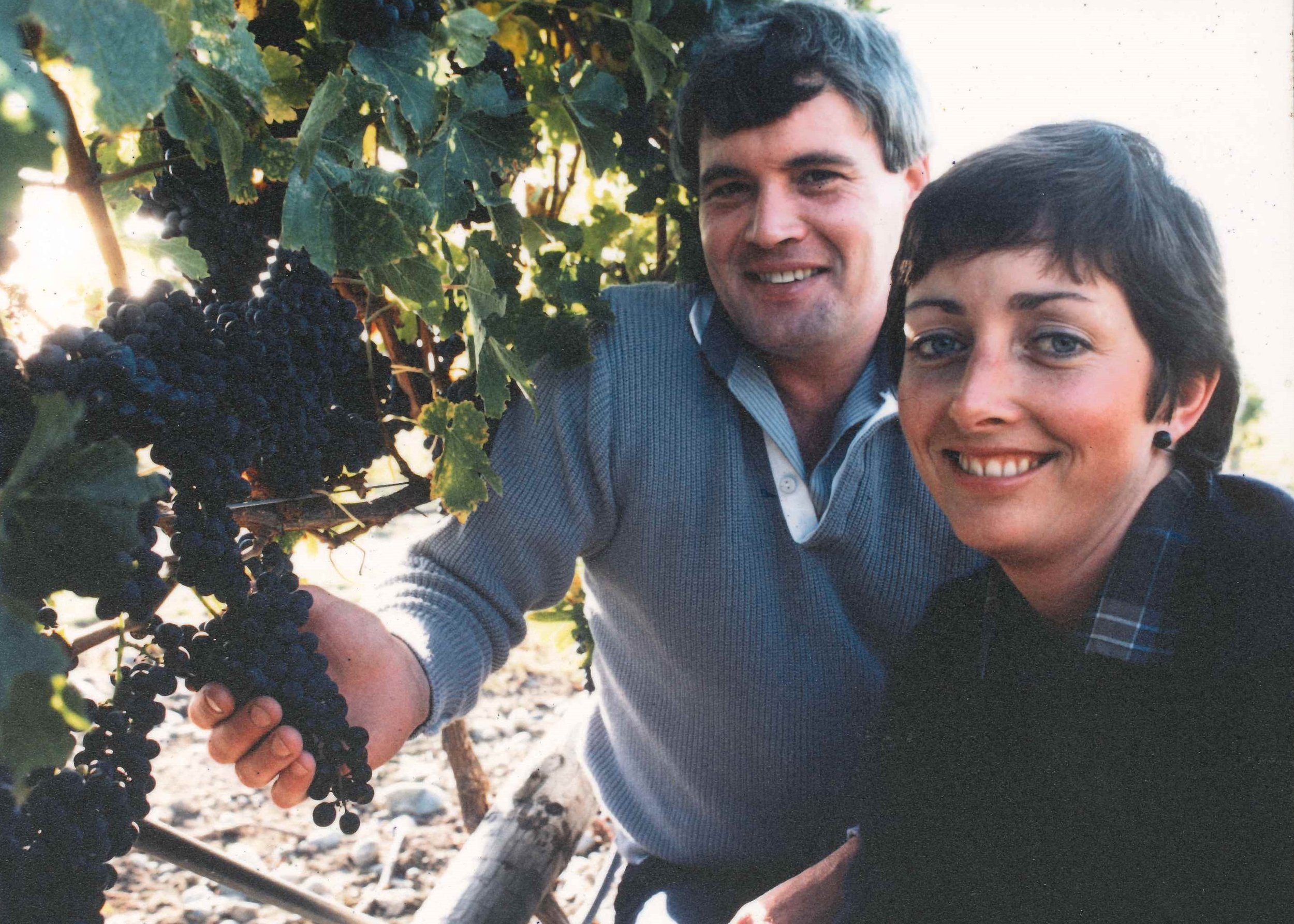
Hunter’s
1979
The tale of Hunter's Marlborough began with the daring vision of Ernie Hunter, an Irishman hailing from Belfast. In a bold move, he decided to plant approximately twenty-five hectares of grapevines on Rapaura Road. Within that expanse, he allocated three hectares to cultivate Sauvignon Blanc, a relatively unknown grape variety with untapped potential at the time.
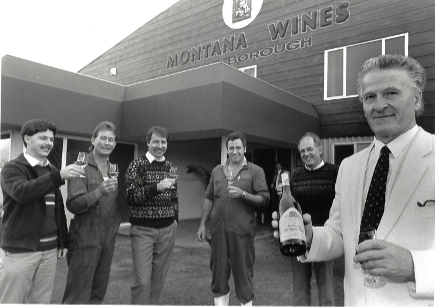
Sauvignon Blanc
1979
Montana first harvest of Marlborough Sauvignon Blanc

Dog Point beginnings
1970s
Ivan and Margaret Sutherland were among the earliest Marlborough wine industry pioneers who planted grapes in Marlborough in the late 1970s. While working at Cloudy Bay Vineyards, Ivan met James Healy, where the pair played an integral part of the evolution of the Cloudy Bay brand. Discovering they shared the same aspirations, Ivan & Margaret and James & Wendy returned to a more 'hands-on' approach launching the Dog Point label in 2004 using fruit from the 2002 vintage.
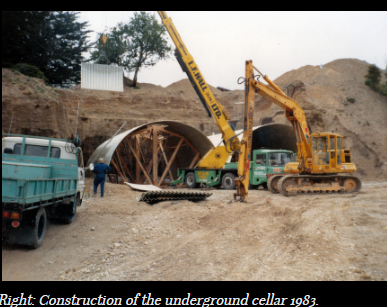
Daniel Le Brun
1980
Adele and Daniel, along with 4-month-old daughter Virginie, made the move to Marlborough. Daniel brought with him 50,000 cuttings from his Rotorua nursery. These hand-grown vines went into cool storage until they purchased 30 acres along State Highway 6 to plant their first Marlborough vineyard and a site in Renwick (where Mahi is today) for the winery.
Phylloxera
1984
Disease found in Marlborough vineyards leading to the use of disease resistant root stock.
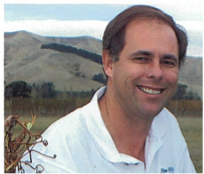
Brent Marris
1984
The first Marlborough person to become a qualified wine maker.
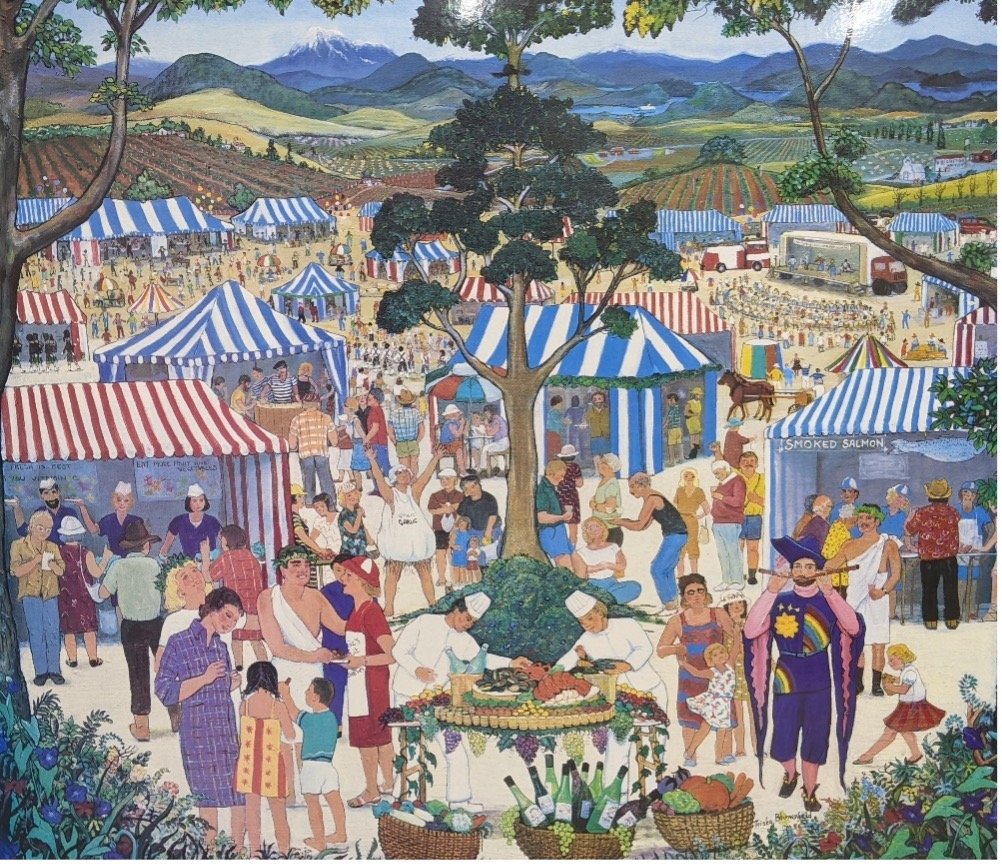
Wine and Food festival
1985
First wine and food festival where the visitors were bused around different vineyards. This went on to become an annual event, moving from Montana Wines Brancott estate to the Renwick Domain in 2023
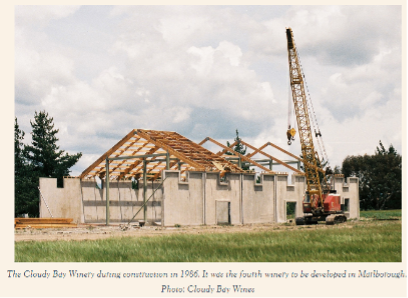
Cloudy Bay Sauvignon Blanc Received international recognition
1985
David Hohnen and winemaker Kevin Judd launched Cloudy Bay in 1985 to international acclaim, with a Sauvignon Blanc that put New Zealand wine on the map.
Great wine pull
1986
Government pays out to remove vines due to wine glut. Growers took the opportunity to plant Phylloxera resistant root stock and popular varieties such as Sauvignon Blanc.

Hunter’s
1986
Hunter Wines win gold awards at the Sunday Times Vintage Festival U.K. in 1986, 87 and 88.
In April 2016, 30 years after that first win, Hunter’s repeated history by winning the prestigious Wine of the Show at the Sunday Times Vintage Festival in London, UK
